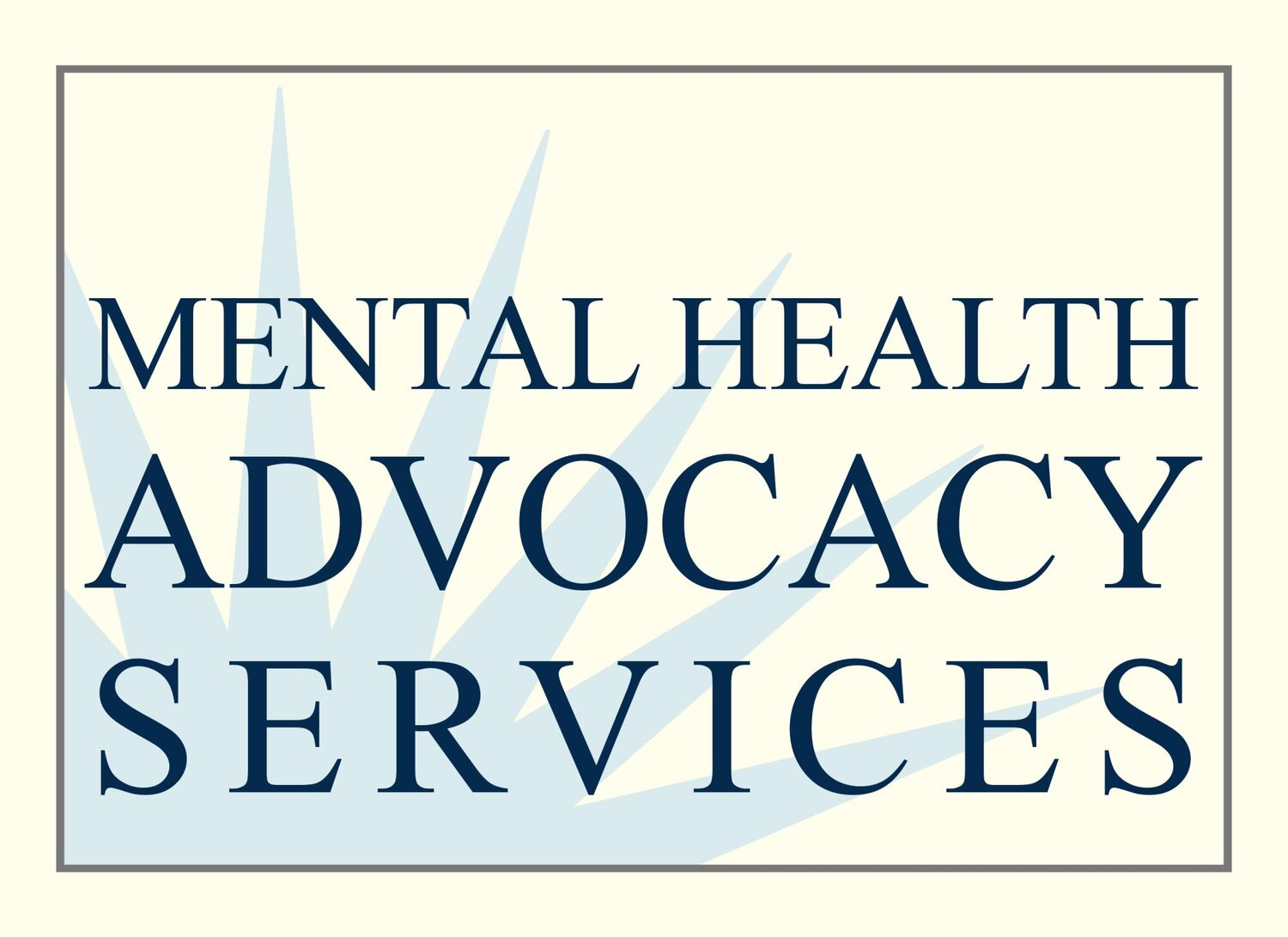Models for Medical-Legal Success
by Eliza SchaflerEliza Schafler is an MHAS Equal Justice Works Fellow sponsored by Greenberg Traurig, LLP.
As I conclude another week’s legal clinic at the Hathaway-Sycamores Family Resource Center in Highland Park, I reflect on an upcoming opportunity. Soon, our Behavioral Health-Legal Partnership (BeHeLP) will be expanding to a new and different branch of Hathaway-Sycamores: the Wraparound Program. As we prepare to meet the needs of a large new group of children and families, we must adjust our model to accommodate a new style of mental health service.BeHeLP: Family Resource Center is a community-based, on-site legal clinic. In contrast, BeHeLP: Wraparound will serve youth around Los Angeles County. Yet it will thoroughly integrate legal care by placing me, an attorney, on “teams” of mental health professionals, case managers, and support staff for parents. Each of these BeHeLP models has its advantages, and each requires a new and holistic way of looking at children’s mental health. The challenge is to prepare ourselves for both.Other medical-legal partnerships (MLPs) around the country also structure the provision of legal care in different ways. Some receive referrals from various health providers. Others maintain attorneys at the site of medical care much of the time. Some integrate MLP clients into their larger legal agencies, while others operate targeted projects. Some focus on brief services, and still others use systemic and policy change to improve population health. Many MLPS combine these approaches as they grow.The coming month is a time for BeHeLP to expand in a way that is true to our mission – to use legal care to stabilize families and remove barriers to children’s mental health.
